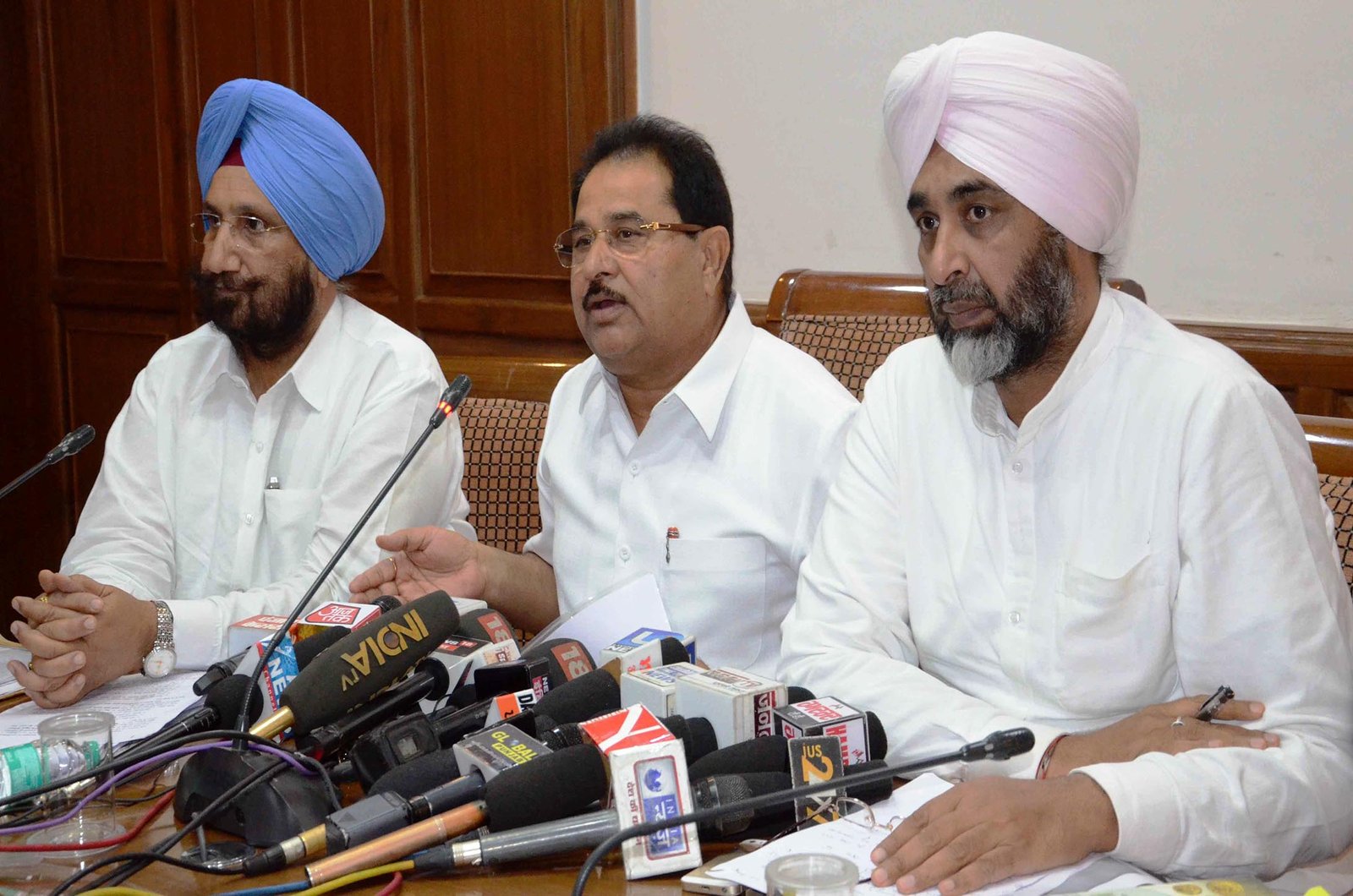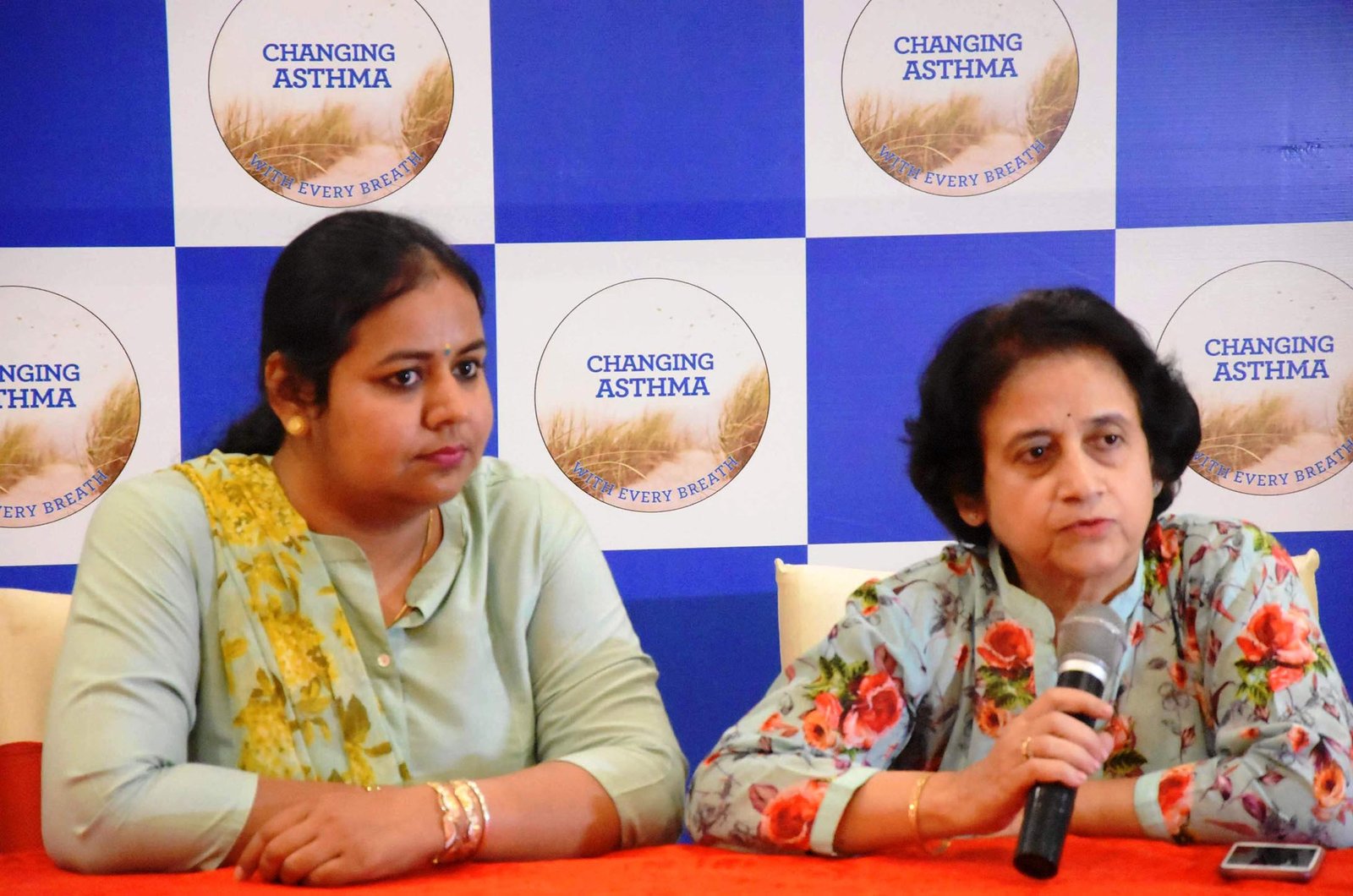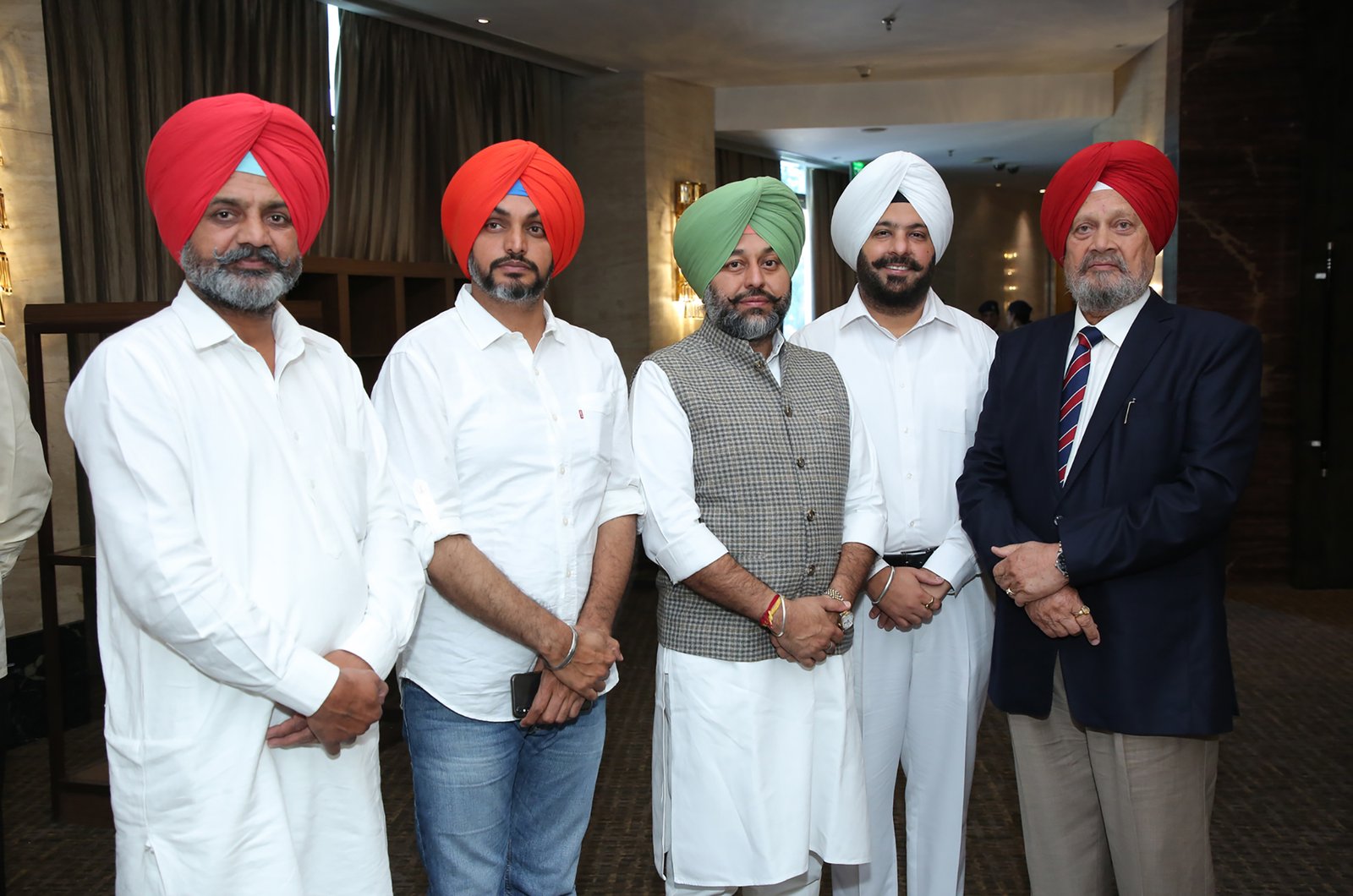How often are we, as readers and viewers, served inaccurate or wrong facts, mistakes in simple language and grammar on our daily newspapers, channels and online media. The media wouldn’t care less. But, it goes berserk the moment it notice a mistake anywhere outside of its own domain. One such incidence, for which the media deserves a rap over the knuckles, was during a press conference called by three cabinet ministers of Punjab on Thursday to clarify the state government’s stand on allegations of dropping chapters on Sikh history from new history textbooks being published by the Punjab State Education Board (PSEB).
Not being able to nail the group of ministers – Education Minister O.P. Soni, Finance Minister Manpreet Singh Badal and Cooperation Minister Sukhjinder Singh – on the allegation of dropping of chapters on Sikh history in the history books, which the ministers, with the help of a university level subject expert, were able to explain fairly convincingly that it was untrue, a section of the adamant media then directed its ire on the issue of wrong use of a handful of words and an odd fact in the text book. Despite the ministers taking note and promising to get the mistakes, if any, which might have cropped in the text, rectified, the journalists bayed for the blood of those responsible for the “glaring errors”, orchestrating the allegation that there was an RSS hand in this.

Photo By : Life In Chandigarh
The media persons mentioned the use of the word ‘Niyukti’ (Hindi for appointment) for accession of the ‘Gurus’ instead of ‘Gurgaddi’ as in Gurmukhi in the text book and ‘faahh lagaya’ (hanged) instead of ‘shahadat payee’ as used in Sikh faith.
As if their sustained barrage, which forced Sukhjinder Singh to tender an apology for the “mistakes” on behalf of the state government, was not enough, there was a determined attempt by some journalists to pressurise the ministers into announcing an inquiry on the issue, which mercifully proved unsuccessful.
(As a decades old journalist, sitting through the press conference became torturous for me. My head hung in shame at this height of journalistic overreach. All professional journalists, who stand by some sort of ethics, need to condemn such journalistic overreach, which is spreading like a virus and eating into the core of this noble profession.)
Earlier, the ministers explained that this was the first time in the 50 years of existence of the education board that history textbooks were being published by it. Manpreet Badal even went to the extent of saying that it was a shame for Punjab that prior to this there was no text book at all on history and the students were forced to depend on history ‘guides’ being brought out by various private publishers.
The ministers informed that in 2014, PSEB, which is an autonomous body, decided to revise various curricula, and these text books on history are a result of that revision. A panel of subject experts, including from Panjab University Chandigarh, Punjabi University Patiala and Delhi University, deliberated on the issue. An expert, Dr. Paramvir Singh, suggested by the Shiromani Gurdwara Parbandhak Committee (SGPC), on a request from the PSEB, also participated in 20 meetings of this panel, before a new history curriculum was finalised, they maintained, and added that no aspect of Sikh history had been left out. In fact, chapters on the four sahibzaadas and Saragarhi had been added to the previous curriculum, they asserted.
Calling the entire campaign to spread misgivings about the new history books as misleading and malicious, and a figment of imagination of the Akali Dal and Aam Aadmi Party, the ministers made an impassioned appeal to keep politics out of this vital issue concerning the future of students in the state. Suspecting a hand of the private publishers also in whipping up this hysteria over the new history books, they revealed that the state government was considering banning all private ‘guides’ circulating in the state to discourage rote learning.


























.jpg)

